Curación de Heridas con Utilizac ión de Células Madre Mesenquimales
Resumen
Existen diversos procedimientos en la actualidad utilizados para la realización de curación de heridas las mismas que pueden ser difíciles de sanas mediante tratamiento convencionales. Existe una posible luz al utilizar células madre mesenquiales para el tratamiento de regeneración e las heridas, esto debido a su gran efecto de diferenciación, baja inmunogenicidad y alta capacidad de controlar la inflamación. Los diferentes estigmas que suelen generar las cicatrices de heridas generan un alto impacto en el componente físico, psicológico y mental de las personas que padecen heridas con difícil cicatrización, además de la alta posibilidad de infección y generar altos costos económicos de manera individual y gubernamental. La mayoría e procedimiento s de medicina regenerativa son poco o escasamente cubiertos por organismos estatales dificultando más aún un verdadero proceso de curación. Una de las fuentes de las células mesenquiales es la gelatina de Warthon que se encuentra en el cordón umbilical, utilizándose no solo para la curación de heridas , observándose grandes resultados en otros procesos curativos
Descargas
Citas
Gentileschi S, Servillo M, D’Ettorre M, Salgarello M. Abdominal subcutaneous mass after laser-assisted lipolysis and immediate multiple treatments with a dual-wavelength laser, vacuum and massage device. Aesthet Surg J. 2016;36:NP144-149.
García-García ML, Martín-Lorenzo JG, Campillo-Soto A, Torralba-Martínez JA, Liron-Ruiz R, Miguel-Perello J, et al. Complications and level of satisfaction after dermolipectomy and abdominoplasty post-bariatric surgery. Cir Esp. 2014;92:254-260.
Merle R, Serror K, Marco O, Chaouat M, Teissier S, Mimoun M, et al. Study of satisfaction concerning the navel after abdominal dermolipectomy with transposition: a report of 96 cases. Ann Chir Plast Esthet. 2017
Davis FM, Kimball A, Boniakowski A, Gallagher K. Dysfunctional wound healing in diabetic foot ulcers: new crossroads. Curr Diab Rep. 2018;18:2
Giuggioli D, Manfredi A, Lumetti F, Sebastiani M, Ferri C. Cryoglobulinemic vasculitis and skin ulcers. Our therapeutic strategy and review of the literature. Semin Arthritis Rheum. 2015;44:518-526.
Badiavas EV, Falanga V. Treatment of chronic wounds with bone marrow-derived cells. Arch Dermatol. 2003;139:510-516.
Chen MY, Lie PC, Li ZL, Wei X. Endothelial differentiation of Wharton’s jelly-derived mesenchymal stem cells in comparison with bone marrow-derived mesenchymal stem cells. Exp Hematol. 2009;37:629-640.
Bongso A, Fong CY, Gauthaman K. Taking stem cells to the clinic: major challenges. J Cell Biochem. 2008;105:1352-1360.
Li X, Bai J, Ji X, Li R, Xuan Y, Wang Y. Comprehensive characterization of four different populations of human mesenchymal stem cells as regards their immune properties, proliferation
and differentiation. Int J MolMed. 2014;34:695-704.
Magatti M, De Munari S, Vertua E, Gibelli L, Wengler GS, Parolini O. Human amnion mesenchyme harbors cells with allogeneic T-cell suppression and stimulation capabilities. Stem Cells. 2008;26:182-192
Mohseni F, Daneshmand T, Hamidabadi HG, et al. The efficacy of stem cells in wound healing: a systematic review. Int J Mol Sci. 2024 Mar 5;25(5):3006. doi:10.3390/ijms25053006. Disponible en:
https://www.mdpi.com/1422-0067/25/5/3006.
Liu Z, Yan Z, Huang X, et al. Skin tissue engineering: wound healing based on stem-cell-based therapeutic strategies. Stem Cell Res Ther. 2024 Jan 15;15(1):50. doi:10.1186/s13287-023-03204-y. Disponible en:
https://stemcellres.biomedcentral.com/articles/10.1186/s13287-019-1212-2.
Zhang M, Wu X, Zhou S, et al. Therapeutic application of mesenchymal stem cell-derived exosomes in skin wound healing. Front Pharmacol. 2024;15:305. doi:10.3389/fphar.2024.305000. Disponible en:
https://www.frontiersin.org/articles/10.3389/fphar.2024.305000/full.
Lee JH, Kim SR, Kim JH, et al. Adipose stem cell-based treatments for wound healing. Front Med. 2024;11:100.doi:10.3389/fmed.2024.100500. Disponible en:
https://www.frontiersin.org/articles/10.3389/fmed.2024.100500/full.
Wang Y, Li Y, Chen C, et al. Stem cells and regenerative strategies for wound healing: therapeutic and clinical implications. Curr Pharm Rep. 2024;10(2):95-108. doi:10.1007/s40495-023-00250-6.
Devjani S, Ezemma O, Kelley KJ. Androgenetic Alopecia: Therapy Update. Eur J Clin Pharmacol. 2023 Mayo 11; 83(4).
Krefft-Trzciniecka K, Piętowska , Nowicka D, Szepietowski JC. Human Stem Cell Use in Androgenetic Alopecia: A Systematic Review. Cells. 2023 Marzo; 12(6).
Yamanaka S. Pluripotent Stem Cell-Based Cell Therapy—Promise and Challenges. Cell Stem Cell. 2020 Octubre 01; 27(4).
Stem Cell Applications in Human Hair Growth: A Literature Review. Cureus. 2023 Abril 11; 15(4).
Egger A, Tomic-Canic M, Tosti A. Advances in Stem Cell-Based Therapy for Hair Loss. CellR4. 2020 Septiembre 02; 8(e2894).
Cinik E. Emrah Cinik. [Online].; 2024 [cited 2024 Septiembre. Available from:
https://emrahcinik.com/es/transplante-de-pelo/cellulas-madre/.
Derechos de autor 2024 Kelly Abigail Villavicencio Padilla, Irene Abigail Cervantes Chávez , María Johsette Villavicencio Villavicencio , Marcos Gabriel Velasco Rea , Andrea Carolina Santafe Ramón , Nancy Gabriela Chérrez Patarón

Esta obra está bajo licencia internacional Creative Commons Reconocimiento 4.0.











.png)
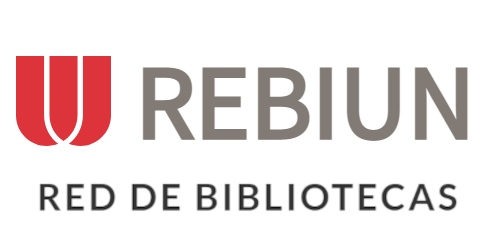







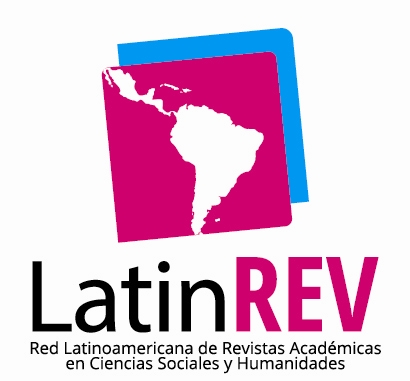

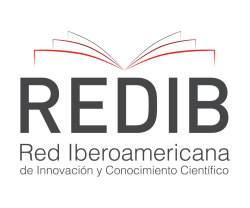




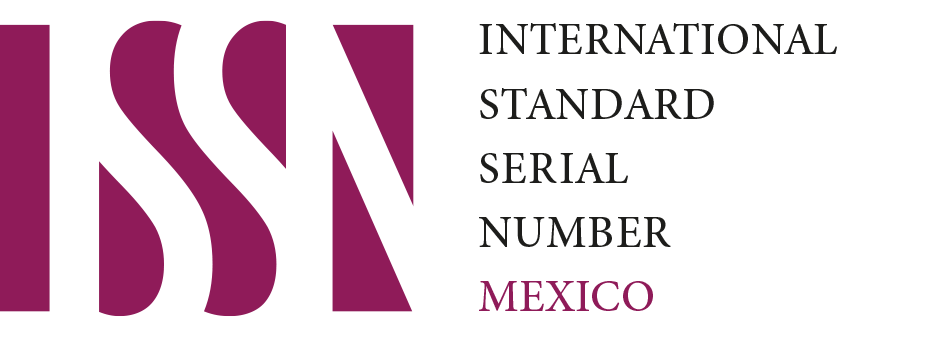
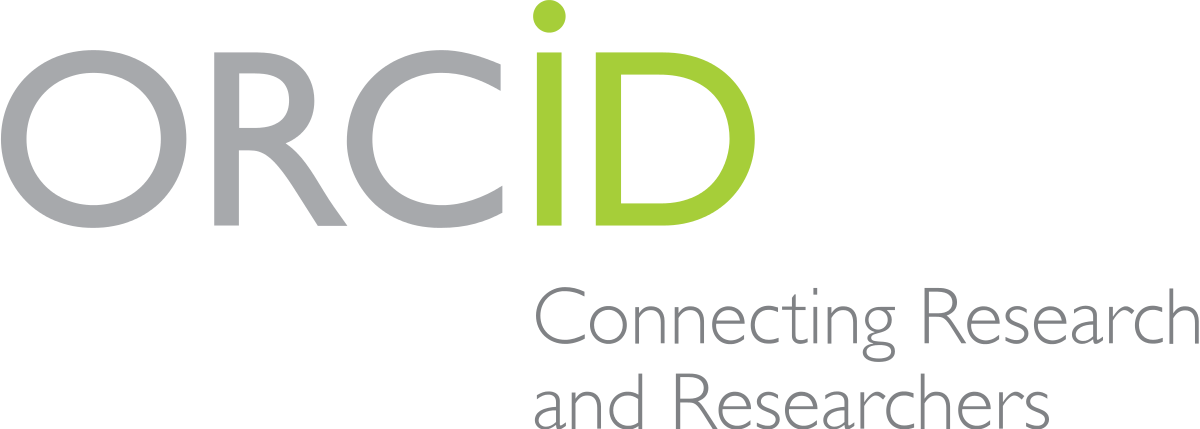



.png)
1.png)


